Sights and attractions
There are plenty of attractions to discover in Vårgårda — from iron age graves to beautiful scenic views. Here are some of the best sights in the area.
The church ruins at Södre Härene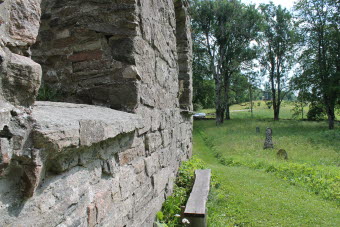
The old church ruins in Södra Härene tell an intriguing story filled with tales of both ghosts and wars. It is said that the first church in Södra Härene was built in the 13th century. The original site chosen for the church was Stora Lund, on the west side of the Nossan River. However, the timber that was brought to the building site during the day mysteriously disappeared overnight, only to be found on a hill on the other side of the river. It was believed that the spirits of the dead buried at Stora Lund moved the logs because they wanted their graves to remain undisturbed. As a result, the villagers decided to build the church where the logs had been moved during the nights.
In 1612, the church was plundered and burned down by Danish soldiers fighting for King Christian IV during the Kalmar War. It was later rebuilt, but in 1905 the new church was hit by lightning and burned down, and these are the remains.
Södra Härene church ruin on Google maps
Jättakullen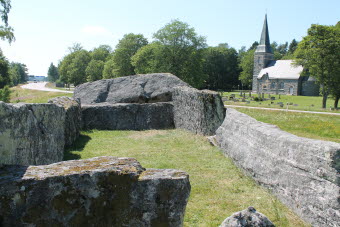
At Jättakullen ("The Giants hill") lies the largest stone chamber in the Nordic countries. It is 14 meters long and 4 meters wide, consisting of two chambers separated by a large stone slab. The stone chamber is believed to be up to 4,000 years old.
The Burial Grounds of Hol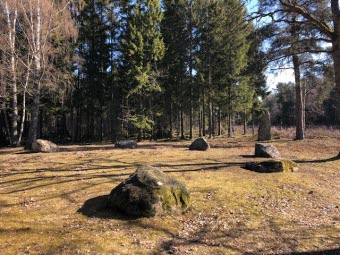
Hols gärde and Hols hed form the largest and most significant ancient monument area in the Säveån valley. The area also features a hiking trail of about 4 km.
The main attraction is the extensive Iron Age burial ground, containing no fewer than 140 ancient monuments dating from 500 BC to 1050 AD. Among these are a stone circle, two standing stones, and numerous smaller and larger burial mounds.
Further east, there are larger burial mounds, either solitary or grouped, spread over an area of 7-8 hectares. Although the southern part has been damaged by gravel extraction, the site still presents an impressive sight, especially thanks to clearing efforts on the burial grounds.
A large concentration of graves is found on the ridge known as "Hols gärde." This area is dominated by around 135 well-shaped mounds with grooves around their edges, which may indicate high social status. Except for Storehög, located in an open spot at the ridge's crest, most monuments are found within forested land. Near the church, a few meters south, there are two runestones.
The burial grounds of Hol on Google maps
Vårgårda museum
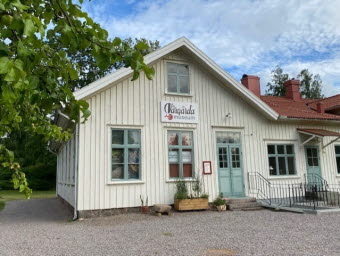
Discover Vårgårda’s history from 8,000 BC to the present day.
The museum is housed in what used to be Tumbergs elementary school. In the first room, you can explore a 10,000-year-old history that takes you from the Stone Age up to the construction of Vårgårda Station in 1857.
Around the station, the community grew with trade, craftsmanship, inventions, and innovations — developing into the industrial town with successful companies that we see today.
The museum is open every Sunday from 2 to 4 PM. During July, enjoy the waffle café during opening hours, for a truly swedish experience!
Vårgårda museum on Google maps
Säveån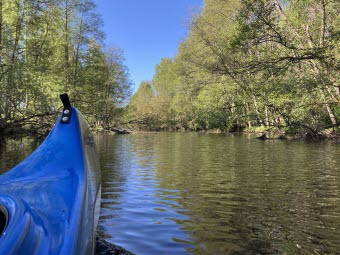
The river Säveån runs from Vänga mosse north up to Vårgårda, then takes a turn south down to Alingsås, Lerum and finally reaches the sea in Gothenburg. Säveån is a perfect place for canoeing and swimming, and along the river you can find your own hidden gem.

